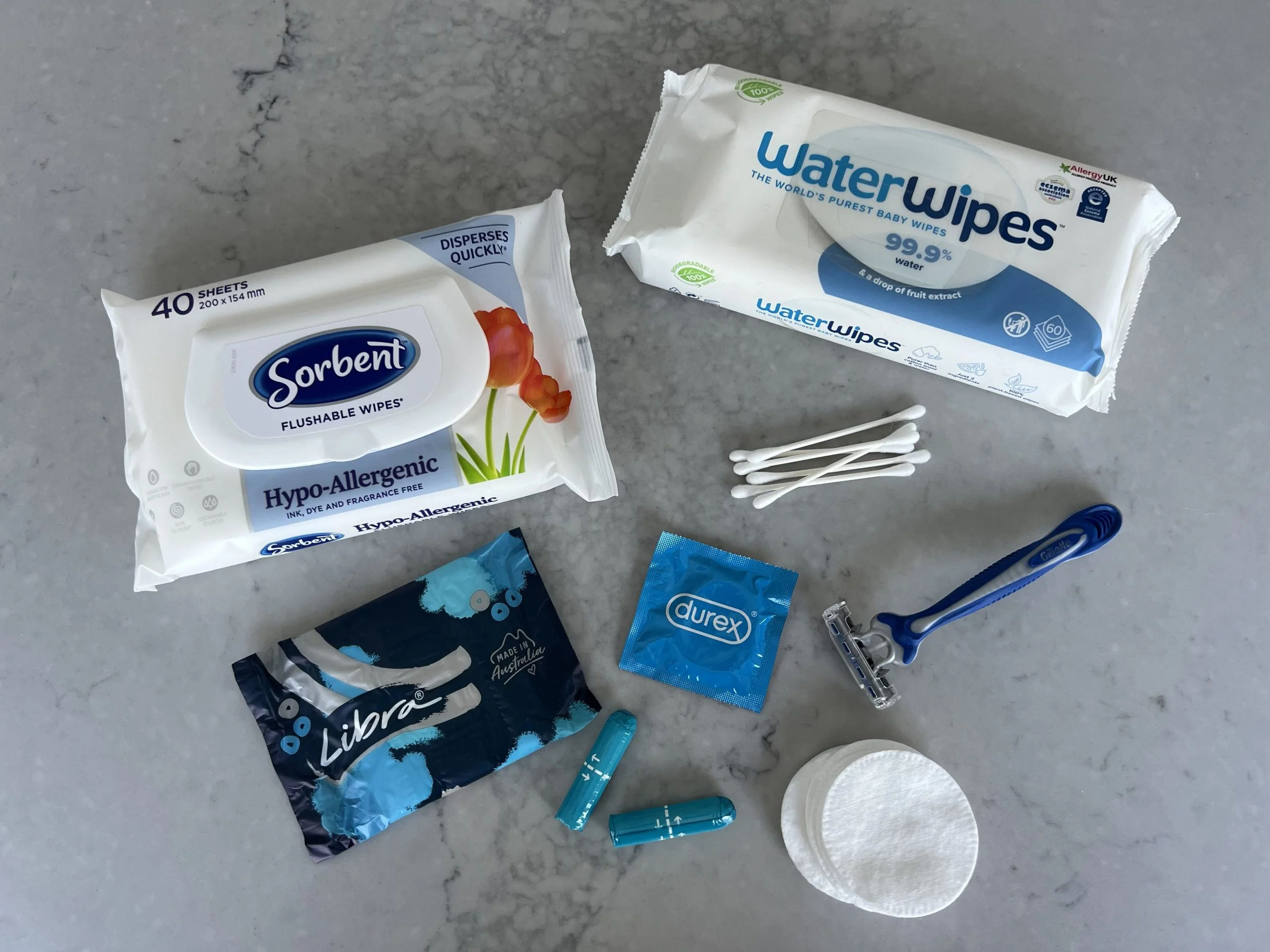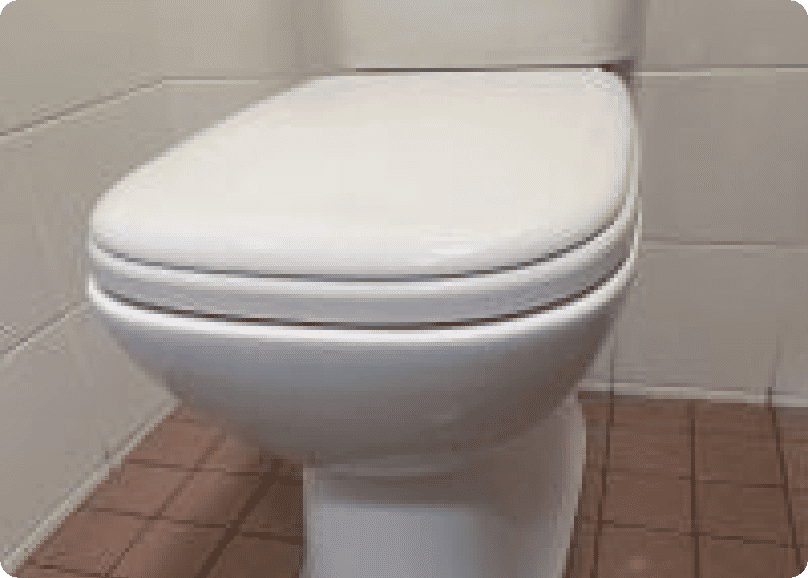Does My Property Need A Sump Pump And Pit?
- William Demirdonder
- Mar 24, 2022
- No comments
- 15-minute read

With all the rain Sydney’s endured over the Summer, at Proximity Plumbing we’ve been seeing more call outs for Pump and Pit solutions than ever before, so here is some information about installing a Pump and Pit at your home; what they are, why your property may need one and how to maintain them.
If you have any questions and want to speak with our expert team, please call the office on 0420 102 394 and our team will be happy to speak with you, and book in one of our licenced plumbers to attend to your property.
A sump pump is a submersible PUMP, primarily used for drainage. It removes water from a sump PIT. A sump pit is commonly found in your home’s basement area. It’s there to collect water from both drains and natural groundwater which migrates through the soil.
A Sump Pump is there to keep the area under your home dry, and to prevent flooding. Its job is to pump the water away from your home and keep the basement, crawlspace or lower level dry.
What happens is as the pit fills with [unwanted] water, the pump turns on and removes the water out of the put through the pipes that run away from the property, to a spot where water can drain away from your foundation. The pipe typically has a one-way valve, meaning water cannot flow backwards into the pit, only away from the pit.
Sump pumps are powered by electricity and use standard household current, so they don’t require specialised wiring, however, since the pump is always in or near water, it’s a good idea to have a ground fault circuit interrupter (GFCI) on the outlet to prevent accidental electrocution.
If your home is susceptible to lower level flooding or poor drainage at your foundational level, then you should consider having a pump and pit installed by a professional plumber.
As the pump is there to take water away from your property to a storm drain where the water no longer presents a risk to your property, they do a good job of giving peace of mind to any owner who fears flooding.
If your property has a lower level that is beneath the sewer line, a pump can be used to pump greywater or blackwater waste from that level to the sewer line.
There are two primary sump pump designs, both of which are about 2 1/2 to 3 feet (76.2 to 91 centimeters) high. A submersible pump rests in the water. It’s encased in a waterproof housing, with the pump itself at the bottom and the outlet pipe near the top.
A flat grate covers the bottom of the pump to keep out debris. When the pump turns on, water is sucked up through the grate and routed into the pipes and out and away from your home.
The other common type of sump pump is the pedestal pump. Pedestal pumps look something like a long stick with a fat head. The pedestal keeps the pump out of the pit, away from the water even when the pit is full. An inlet pipe reaches down into the bottom of the pit to draw the water out.
Since the motor and pump are out of the water, pedestal pumps are usually louder (but less expensive) than submersible pumps. When choosing what’s best for your property, we suggest contacting your local plumber and either asking them some questions over the phone, or having them come out to the property and inspect the area to see what’s going to work best for your space.
Would you like a manual or automatic pump?
Although manually operated sump pumps are available and slightly less expensive, an automatic pump is far more convenient.
How powerful do you want the pump to be?
Sump pumps are commonly one-quarter to one-third horsepower. More powerful motors will pump more water.
What pressure do you want the pump to be?
A pump with head pressure of 12 feet (3.7 meters) can raise water to that height, minus about 10 percent for physical limitations like bends in pipes. The pump you choose must be able to lift water out of the sump pit and up to the outlet pipe.
What is the cord length you need?
You need to be able to plug a sump pump directly into a ground fault circuit interrupter (GFCI) outlet — you shouldn’t plug one into an extension cord.
What’s the ideal voltage?
Most sump pumps for use operate on standard 110-volt circuits. Pumps with 220 or 460 volts are available but are more commonly used in industrial applications.
Do you need backup and alarm systems?
For peace of mind, think about choosing an alarm notification and backup system that fits with your personal lifestyle. It’s especially important in the case of a major weather event so the system can notify you if something is wrong with the pump.
If you’ve decided that your property needs a pump and pit, a professional local plumber (like our team at Proximity Plumbing) can be used to properly inspect and install your pump and pit solution.
Installation is not typically complicated and will be done in an hour or so, with the correct tools. There are different types of pumps available, so conversing with your local plumber prior to installation will help in choosing the correct pump for your property.
Most Pump and Pit solutions are quite reliable. And most sump pumps are equipped with water level or flood alarms, usually, battery-powered, that alert a homeowner if the pump isn’t working properly or if water is backing up.
Even more sophisticated systems can notify your alarm company or call your phone if the water starts to rise (which should not happen very often).
In a wet weather event, where a lot of water floods through the pit and pump, the pump can be overworked and overwhelmed. Especially in heavy rain events, the pump may not be able to handle the excess water.
For some properties that experience this type of weather off and on all year round, more than one pump may have to be installed.
In our experience, the quality of your pump is important to ensure its longevity and its strength in holding up in extreme conditions. The cheaper, plastic models are more likely to burn out when it matters most.
Invest in quality products that will give you peace of mind that you can rely on them when it matters.
As the pump runs on electricity, it is possible that in a wet weather event, when the power cuts out, the pump will stop working and quickly be overwhelmed with a large amount of water. You can troubleshoot this by installing a battery-run backup pump.
A sump pump can become clogged in these ways:
When a sump pump runs continuously (regardless of the weather conditions) it’s a sign of a problem that needs to be addressed immediately. If the pump is running all the time, it will become overworked and burn out.
When cleaning a sump pump, dirt, gravel, sand, and other debris should be removed to increase efficiency and extend the life of the pump. These obstructions can also decrease the pump’s ability to drain the sump, and can allow the sump to overflow.
The float switch is used to automatically turn the sump pump on when water rises to a preset level. Float switches must be clear of any obstructions within the sump. A float guard can be used to prevent the float switch from accidentally resting on the pump housing, and remaining on. As mechanical float switches can wear out, they should be periodically tested by actuating them manually to assure that they continue to move freely and that the switch contacts are opening and closing properly.
Make sure the pump is plugged into a working ground fault circuit interrupter outlet and the cord is in good shape. In damp areas, these breakers may trip, effectively shutting off the sump pump.
To check whether your pump is working efficiently, you can pour a bucket of water into the pit to make sure the pump starts automatically and the water drains quickly once the pump is on. If the pump doesn’t start, then you know you might have a problem and it needs a service.
Ensure the outlet pipes are tightly joined together and draining out at least 20 feet (6 meters) away from your foundation.
Unfortunately, Sump Pumps (being mechanical devices) will fail eventually with time, use and old age. If not properly or routinely inspected and maintained, this could lead to flooding and repairs.
At Proximity Plumbing, we are happy to be your local, licenced Sydney plumber, ready to install your pump and pit or offer any advice on why or when you should think to install one. Contact us today on 0420 102 394 today.
Understanding your home insurance and what you are covered for when it comes to plumbing can be overwhelming. Do you have cover if the land mower of your neighbour damages part of your pipeline?....
Read MoreFatbergs are created when you flush down wet wipes or “flushable” wipes down the toilet and they get caught up in your pipes with a combination of any oils, fats or grease poured down the ....
Read MoreImagine you’re in the midst of a plumbing emergency (we’ve all been there) and you desperately need an ace plumber on your door step. We doubt in the middle of a plumbing emergency you&rs....
Read MoreIrrespective of how hard you try, sometimes a toilet or bathroom clog is unavoidable. Whatever might be the reason for the clog, you need to clear the same. When you wish to fix the problem, a plunger....
Read More



Leave a Reply
Your email address will not be published. Required fields are marked *